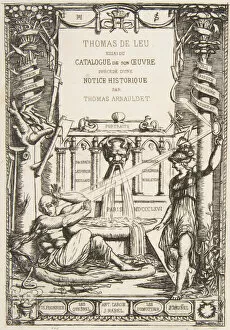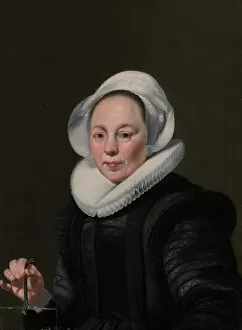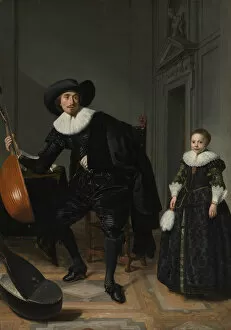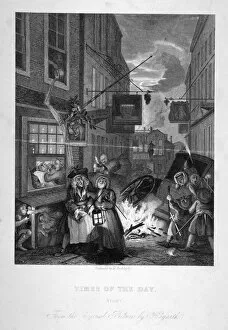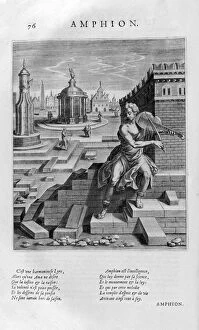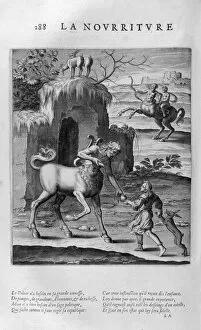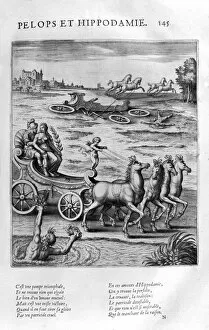Thomas De Collection
Thomas De Leu was a talented artist whose work spanned across different mediums and time periods
All Professionally Made to Order for Quick Shipping
Thomas De Leu was a talented artist whose work spanned across different mediums and time periods. In 1866, his art was showcased in the frontispiece for the Catalogue of his work, giving viewers a glimpse into his artistic style and range. One of his notable pieces is the Portrait of a Man with a Shell, created around 1625-26 by Thomas de Keyser. This captivating portrait captures the subject's mysterious gaze and showcases De Keyser's attention to detail. Another masterpiece by De Keyser is the Portrait of a Woman with a Balance, also created around 1625-26. This painting highlights De Keyser's ability to capture human emotion and expression through portraiture. The woman's contemplative pose as she holds the balance symbolizes her introspection and self-reflection. In 1629, Thomas de Keyser painted A Musician and His Daughter, showcasing his talent for capturing intimate family moments. The tender bond between father and daughter is evident in their shared love for music. Moving away from portraits, we come across two landscape paintings: Nab Cottage (c1870) and Guys Tower and the Walls of Warwick Castle (c1870). These works demonstrate De Leu's versatility as an artist who could effortlessly transition from capturing human subjects to depicting serene natural landscapes. Night (1833), painted by William Radclyffe but included in this collection due to its thematic relevance, portrays darkness enveloping nature while highlighting subtle hints of light breaking through clouds – an allegory for hope amidst despair. Delving into historical scenes depicted by other artists inspired by Thomas' name include King Richard II stopping the duel between Dukes Hereford & Norfolk in 1398 (1864) or Nobles before King Richard II at Westminster in 1387 (1864). These paintings transport us back to medieval times when power struggles were commonplace among nobility.

